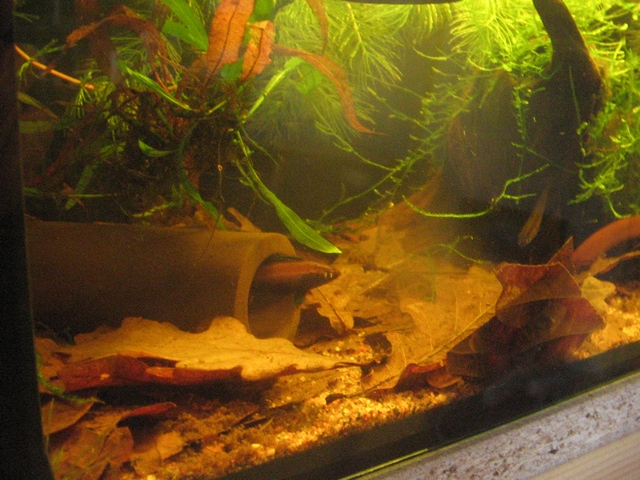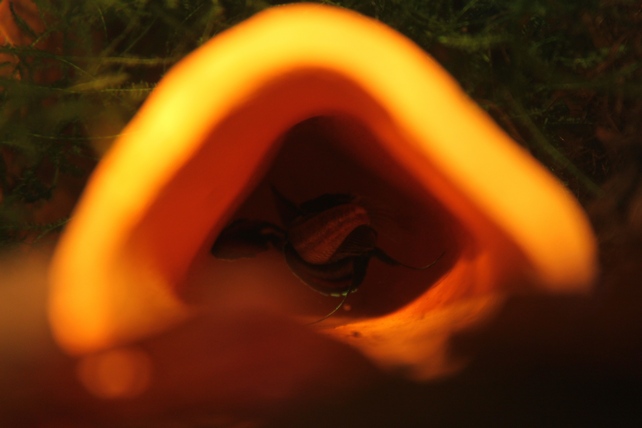Fundamentals of the Parosphromenus hobby

Since the successful experiments of Walther Foersch, the Licorice gourami hobby developed first in Germany and later in other European countries (particularly England) and in Japan. Different maintenance styles developed, which, with attention to the basic needs (refuges, caves, suitable water and suitable food) all lead to useful forms of practice. We want to summarize the most important facts.
You will learn in this part of the website, how to keep Parosphromenus in the aquarium, to which details you must pay particular attention and that there are only two problems which it is necessary to solve. We describe how to raise and breed these fish, including the diseases that can occur and what you can do about them. Finally, we give some good advice for those people who are very interested in this fish, but have never kept them. Also for advanced fish keeper, we have put together a few ideas for challenging projects.
Especially with fish such as these, we find that the aquarist normaly is an individual. The keeping of special fish requires more than is normal correspondence with others and the need to exchange ideas. Nowhere in this hobby, is the formation of a network of friends as helpful as here. The Parosphromenus Project attempts to create the necessary conditions for this. In local clubs, information can be completed and prepared, but when it comes to such special fish, they are quickly overwhelmed as a single reference. Therefore, it is better the other way around: In the Parosphromenus Project you will find a network of specialists and experts that the local club cannot usually offer. There, however, you may find partners with whom you can work and secure the first steps in the Parosphromenus hobby, a less lonely process than if one had to do it all alone.

Interest in the aquarium has become a mass hobby now, due to dry food, lots of equipment and water additives, and cheap methods of production for fish and plants. The Parosphromenus hobby has in no way contributed to this. We also do no intend “to advertise” for the keeping of Parosphromenus to become a new fad. This would not be possible bearing in mind the requirements of these fish. Our intention is for the Parosphromenus hobby to develop as a model for a new, responsible aquarist, concerned with the world’s conservation problems. We hope to attract more hobbyists to participate in this community project. Compared with the larger general aquarium hobby, we will always be a minority, but perhaps these special, wonderful little fish can act as an example and contribute far more to the hobby as well as conveying an awareness of responsibility for the future of these pets.
(PF)

